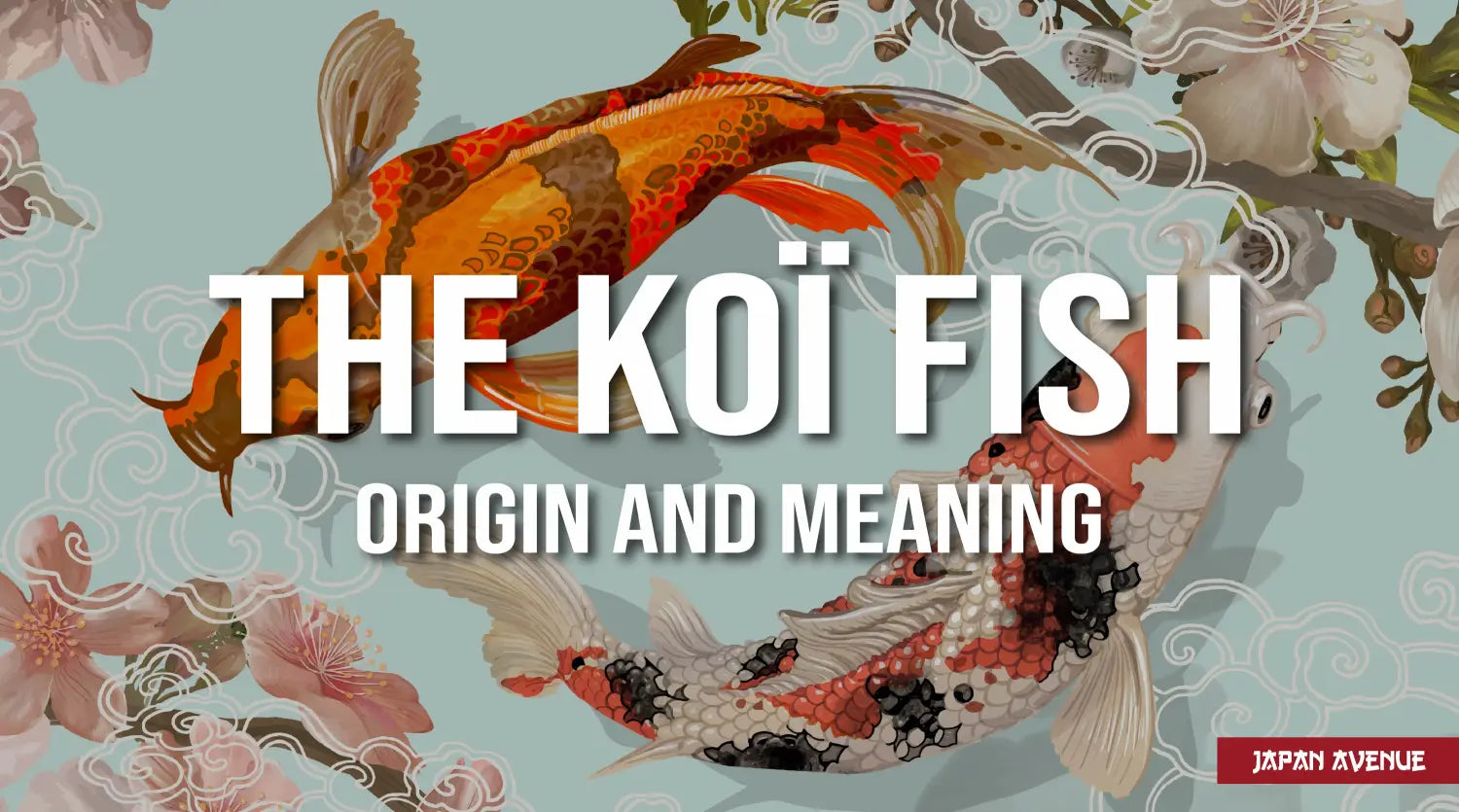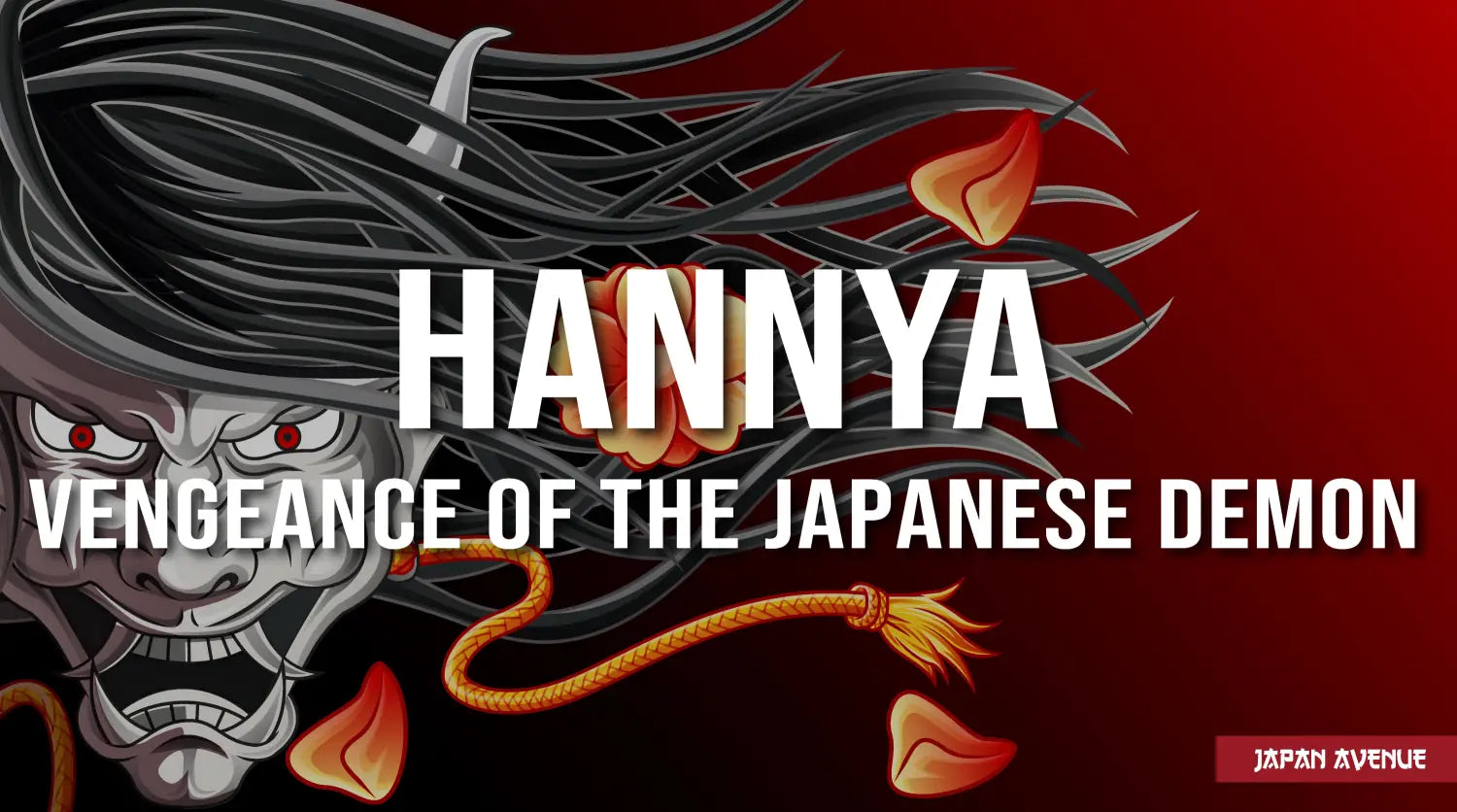Mangas are a true phenomenon in Japan, the land of the rising sun.
The manga is a popular Japanese comic book, presented as an illustrated novel in a unique graphic style. Despite the fact that the first known manga comic dates back to 1902, the history of manga has its origins in the 13th century!
Popularized by Hokusai, the legendary artist and master of woodblock printing, the manga used to designate quick sketches before becoming a term used to describe Japanese style drawings or animated films. Nowadays, the manga term is more commonly used as a general representation of comics.
Discover the origins of manga, its evolution throughout the history of the country as well as about the mangaka's profession.
📚What is manga?

©Miika Laaksonen
Manga refers to two Kanji words: "Man" which stands for "entertaining", "exaggerated", and "Ga" which can be interpreted as "drawing" or "image". Hence, the name Manga can be defined as a "quick sketch", "rough drawing" or a "cartoon".
The manga has particulargraphic codesincluding the use of black and white as well as panels. Compared to western books, the Japanese reading direction is reversed.
Manytypes of mangaexist for various audiences.
-
Thekomodo manga, a comic book for children similar toPokemonandDoraemon.
-
The shonen manga, addressed to teenagers, presents the adventures of an orphaned hero and his battles, as in Naruto or Dragon Ball.
-
The shojo manga, mainly for young girls, focuses on love and friendship stories of schoolgirls such as Nana.
-
The seinen manga, reserved for students or young adults, covers more realistic subjects of various themes such as Death Note or The Attack of the Titans.
-
The josei manga, the feminine version of the seinen. Among these we can mention Citrus.
-
The hentai, forbidden under 18 years old, we let you guess the reason why... 🔞
The origins of manga

Katsushika Hokusai, Hokusai Manga, 10, 1819
The origins of the manga date back to the emaki, the first illustrated narrative scrolls from the Nara period in the 8th century, and the Ehon, ukyo-e print books from the Edo period.
In 1814, the famous artist Hokusai, known for his artwork The Great Wave off Kanagawa, used the term "manga" for his sketchbooks. He had chosen this term to express the notion of drawings caught on the spot. A collection of illustrations he called " Hokusai manga ", which included scenes of daily life as well as landscapes, natural elements, representations of Japanese mythology as well as Japanese spirits. His artwork enjoyed great success in Japan and abroad.
Western influence on Japanese manga

Left: Satirical journal The Japan Punch created by Charles Wingman in 1861, in Yokohama. / Right: First manga by Rakuten Kitazawa in 1902.
During the Meiji period, when the isolation policy of Japan came to an end, the Western influences gained a strong presence in the country. This was the beginning of Japanese modernization, inspired by Western economic and industrial models. Both art and forms of expression were evolving.
European cartoonists such as Wirgman and Ferdinand Bigot contributed to the birth of comic strips in Japanese media.
|
The first real manga was published in 1902. A humorous comics, published in the Jiji Shinpō newspaper. Its author, Rakuten Kitazawa, had illustrated The Watered Sprinkler, a famous French short film by the Lumière brothers. He was the first to re-use the term manga after Hokusai. Moreover, this artist described himself as a mangaka. |
Later on, influenced by the Anglo-Saxon satirical press, this painter founded his own magazine, the Tokyo Puck. Thanks to these ferocious cartoons and his numerous artworks such as Kodomo no tomo or Shōnen Kurabu (the boys' club), Kitazawa was considered one of the founders of manga.
Japanese manga emerged as a new way of expression through the written press, before taking its current form.
📈 The evolution of manga in Japan
 The famous mangaka Osamu Tezuka and his work, Astro Boy, created in 1952.
The famous mangaka Osamu Tezuka and his work, Astro Boy, created in 1952.
In the 40s, manga was used for propaganda purposes by the Japanese government.
It was only after the Second World War that this phenomenon exploded due to the influence of American comics. The manga became a way of escaping, especially for those who had to face great difficulties. The talented cartoonist Osamu Tezuka strongly contributed to the manga boom. 📈
Besides, the mangaka is the author of many works on various subjects, such as the new Treasure Island or Astro Boy.
The mangaka revolutionizes the art of manga by taking its inspiration from the cinema and the different shots, frames and view angles. In addition, its expressive, large-eyed characters will become the trademark of all mangas. No wonder that Osamu Tezuka is nicknamed the god of manga in Japan.
Did you know that this great admirer of Walt Disney was inspired by Bambi for his drawings? 😄
🤑 Japanese comics boom

Manga store in Japan in 2004, by Doc Sleeve.
In 1955, editions are multiplied and comics bookshops are developed in Japan. Even though the manga market is booming, it is still criticized for being a bit childish.
Two years later, a new style reflecting darker realities was created, targeting young adults. The manga gekiga was invented by Tatsumi Yoshihiro.
The world of manga is diversifying and reaches its peak at the end of the 20th century thanks to its massive diffusion. The topics and styles are particularly varied while the prices remain very modest.
Manga are also commonly adapted into animated cartoons, the best known of which are Akira, Dragon Ball and the animated films of the famous Hayao Myazaki, including Princess Mononoke and My Neighbor Totoro.
| 👉 Discover the Top 20 of Japanese Anime Movies! A great way to occupy your next TV evenings😉 |
The manga market has been a major part of the publishing industry since the 2000s and is a major contributor to the Japanese economy. 💹
✍The mangaka profession with all its specificities
 Bakuman, a manga about two high school students who dream of becoming mangaka.
Bakuman, a manga about two high school students who dream of becoming mangaka.
As you probably guessed, the mangaka is an author of manga. An artist with a great fascination for Japanese comics and generally creating both the story and the drawings. Therefore, the mangaka develops a captivating universe and characters, similar to a scenarist.
However, this profession is hard to access, as besides being a talented illustrator, it requires a lot of luck and determination to succeed. The success of the mangaka depends primarily on its publisher. It is important to know that before being produced, the manga is published in several episodes in a pre-publication magazine destined to the general public.
The publishing rhythms are particularly intense and the illustrator must adapt to the different requirements of the agency. Sometimes, mangakas work together or with assistants to increase their productivity.
Depending on the success, the manga publisher decides whether to publish the work in a volume or to stop the collaboration. The future of the mangaka depends on this test.
Some become very famous and enjoy a particularly honorable remuneration.
If you are interested in this profession, we recommend reading Bakuman, a manga by Tsugumi Ōba and Takeshi Obata, which tells the story of two high school students who decide they want to become mangaka.
An unavoidable phenomenon of narrative drawings, the manga is distinguished by its particular universe as well as by its graphic codes which are very different from western comic strips. Throughout centuries, it has become a symbol of Japanese culture throughout the world.






2 comments
wyland
I liked the information
I liked the information
monty
i got a question when the manga was created how come after a longer period of time it had continued and not when it then was created
i got a question when the manga was created how come after a longer period of time it had continued and not when it then was created